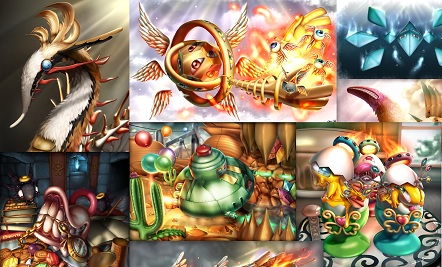Old age in my sleep. Most people in my family have lived to be in their 90’s!
Elaine Cortez
Elaine ♀ | she/her | Tumblr: https://www.tumblr.com/ophanimlover | Bluesky: https://bsky.app/profile/tinylittlecherub.bsky.social
🚫 No AI is used in my process
- 4 Posts
- 186 Comments

 1·5 months ago
1·5 months agoIf you’re a woman, [email protected] is an excellent and very friendly community that gets a lot of posts and comments! 😃

 3·5 months ago
3·5 months agoSpeed. I’d be much more productive needing little sleep
Always remember to be kind to yourself. Wishing you the best! ❤️

 2·6 months ago
2·6 months agoHad a hunch that my old HDD’s were at least partially related to the issue. Thanks for the explanation! 😃 Looks like SSD’s and more RAM are the way to go!

 3·6 months ago
3·6 months agoThat I was able to take a nice nap since I strained my trapezius muscle pretty bad two days ago in a way that my head feels like it’s not on right. If I turn my head even slightly while lying on my back it feels like I’m twisting my neck too far even though I’m not because my traps are so tight. Sore to the touch and I’m not quite sure what started it but I think it’s getting better!

 1·6 months ago
1·6 months agoPaint Tool Sai. I’m still using the 1.1.0 version that released in 2008 and I have no intention of updating to Sai 2

 5·6 months ago
5·6 months agoAs much as I tried to get into it, I couldn’t get myself into Game of Thrones.

 1·6 months ago
1·6 months agoThe Wizard of Oz. Such a good movie!

 2·7 months ago
2·7 months agoNo but I’m this close to getting some biblically accurate angel and Pikmin tattoos and I have no idea if I’d regret them when I’m older or embrace them LMAO
Cut or uncut, it’s still grass and all grass is beautiful. Did you know that grass belongs to the family Poaceae, and it only appeared during the Cretaceous period? If you ever see a depiction of the Jurassic period and there’s grass, it’s inaccurate!

 1·7 months ago
1·7 months agoEither is right for me and it entirely depends on whatever I’m vibing with at the time!

 51·7 months ago
51·7 months agoCen-toor

 262·7 months ago
262·7 months agoHate to be boring because he’s a human haha, but Luigi! He was my first ever fictional crush and my crushes on fictional men only proceeded to get more and more questionable from there 😂
Forgot to post an image oops


 7·7 months ago
7·7 months agoI remember watching a video where Corridor turned Willy Wonka and the Chocolate Factory into a horror movie by making a few cuts, changing the music and doing some visual effects!
Content warning! Goes without saying but there’s some blood and gore in this one!

 3·7 months ago
3·7 months agoActions do have consequences. Trying to erase posts and people calling you out for what you did and explaining why those actions are bad does not make those things that you did go away and is honestly a bad look. If you don’t want people on social media calling you a Nazi, there’s a really easy solution for that - don’t do Nazi salutes on live TV, don’t make Nazi puns instead of apologizing, and don’t keep regurgitating anti-semetic conspiracy theories like the “great replacement” conspiracy theory.

 1·7 months ago
1·7 months agoThe claim that the salute has its origins in ancient Rome is dubious at best and ignores the fact that the salute is immediately associated with Nazism. Not a single Roman work of art depicts the salute. Don’t you think that’s a little fishy? There is evidence that it actually originated from the National Fascist Party, under Mussolini. Suffice to say there’s no good evidence that it originated from ancient Rome as opposed to it being a relatively new thing starting from the turn of the 20th century and originating in fascism.

 2·7 months ago
2·7 months agoHitler also did it. The only difference was that Elon Musk did so with more vigour. If he didn’t mean to make a Nazi salute, why did he respond with Nazi puns rather than apologizing?


The happiest animals on Earth!!